Orders are created when a customer completes the checkout process, and they are visible by Admin and Shop Manager users only. Each order is given a unique Order ID.
An order also has a Status. Order statuses let you know how far along the order is, starting with Pending and ending with Complete. The following order statuses are used:
- Pending payment – Order received (unpaid)
- Failed – Payment failed or was declined (unpaid). Note that this status may not show immediately and instead show as Pending until verified (i.e., PayPal)
- Processing – Payment received and stock has been reduced – the order is awaiting fulfillment. All product orders require processing, except those that are Digital and Downloadable.
- Completed – Order fulfilled and complete – requires no further action
- On-Hold – Awaiting payment – stock is reduced, but you need to confirm payment
- Cancelled – Cancelled by an admin or the customer – no further action required (Cancelled orders do not reduce stock by default)
- Refunded – Refunded by an admin – no further action required
More about the different emails that are automatically sent at Email Settings.
When you start taking orders, the order management page begins to fill up. View these orders by going to WooCommerce > Orders in the left hand admin menu.
Viewing orders
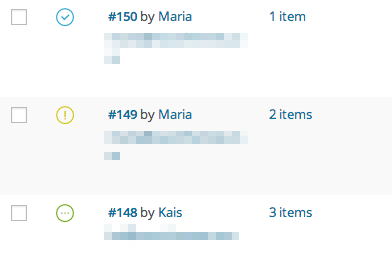
Each order row displays useful details, such as the customer address, email, telephone number, and the order status. Click the order number or the View Order button to see the single order page (this is also where to edit order details and update the status).
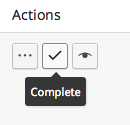
Order rows also have handy shortcut buttons to quickly mark orders Complete and Processing.

You can filter the list of displayed orders by date, status and customer by using the form at the top of the screen.
Editing/viewing single orders
From the single order page not only can you view all order data, but also edit and update it.
- Change the order status
- Edit order items – modify the product, prices, and taxes
- Stock – Reduce and restore stock for an order
- Order Actions – Resend order emails to the customer using the drop down menu above the Save Order button. Send New Order, Processing Order, Completed Order or Customer Invoice emails – very handy if manually creating an order for your customers
- Modify product Meta to edit product variations by removing and adding meta.
Order data
The order data panel lets you modify the order status, view (or change) the customer’s order note, and change which user the order is assigned to.
You can also find customer billing and shipping addresses, along with a link to view other purchases the customer may have had in the past. To edit addresses, click Edit and a form appears. Once saved, the new address is displayed in a localised format.
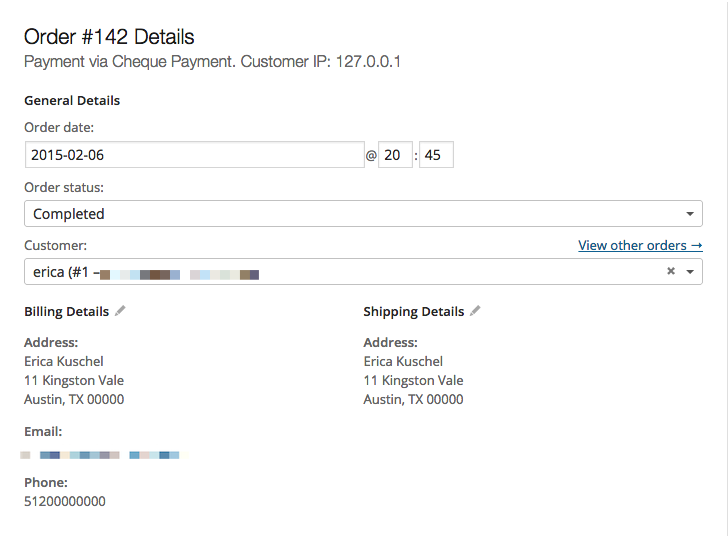
Order items
The next panel on the order page is the Order Items panel. It lists items in the order, quantities and prices.
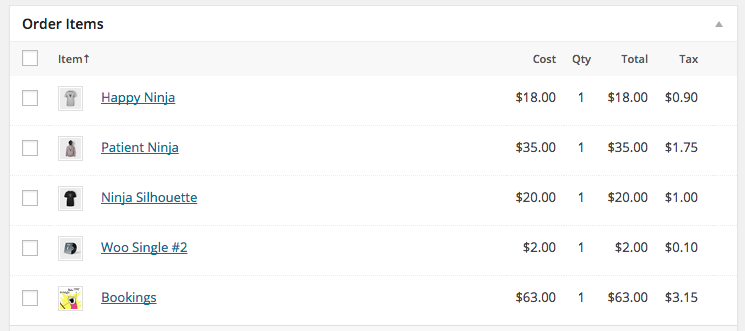
The editable parts of line items include:
- Tax Class – Tax class for the line. This may be adjusted if, for example, the customer is tax exempt.
- Quantity – Number of items the user is purchasing
- Line Subtotal – Line price and line tax before pre-tax discounts
- Line Total – Line price and line tax after pre-tax discounts
- Add Meta – Add and remove meta to change product variable options.
- Sorting – Sort by Item, Cost, Quantity, and Total by clicking on the respective listed items.
It’s also possible to add additional fees for items. Select Add Fee and enter fee name, tax status and amount:
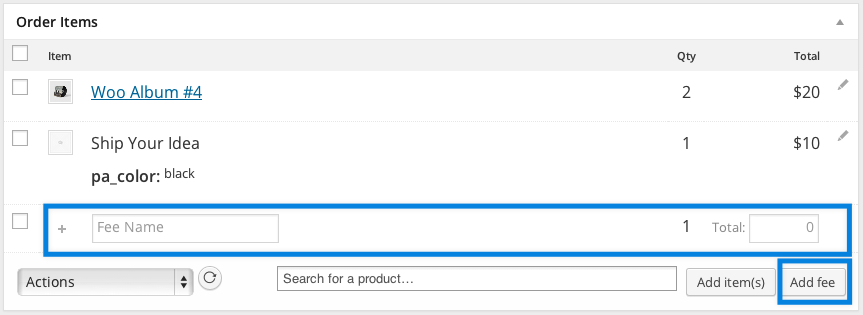
To add custom meta fields, use the Custom Fields metabox:
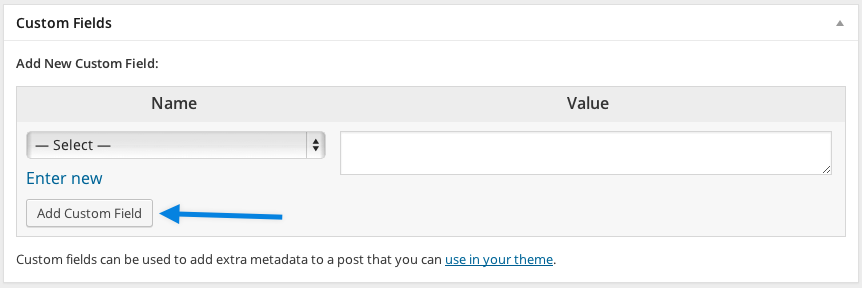
Order totals
Order Totals stores totals and tax for the order. Enter these values yourself or have them partially calculated for you using the ‘calc totals‘ button. Totals comprise:
- Cart Discount – pre-tax discounts. Can be auto-calculated.
- Order Discount – post-tax discounts. Need to be input manually.
- Shipping cost – cost excluding tax
- Shipping method – name of the method
- Cart tax
- Shipping tax
- Order total
- Payment method – name of the payment method used
There are two buttons available on this panel – calc taxes and calc totals. Calculating taxes will use your prices, and calculate tax based on the customer’s shipping address. If the customer’s address has not been input, it defaults to the store’s base location.
There is also a section called tax rows, which is where to define and name multiple tax rows. This is useful if, for example, you charge multiple taxes or use compound taxes. Values are displayed on the customer invoice.
Adding an order manually
Add an order using Add New at the top of the Orders page. Once added you can input customer details, add line items, and calculate totals. Set a relevant status for the new order, e.g., If it needs to be paid, use ‘Pending’. Save.
Use the Order Actions dropdown to email the Customer Invoice with payment instructions. To send, select Save Order.
Order/customer notes
The Order Notes panel displays notes attached to the order and can be used for storing event details, such as payment results or reducing stock levels, or adding notes to the order for customers to view. Some payment gateways also add notes for debugging.
Notes can be a powerful tool for communicating with customers. Need to add a tracking number for shipping? Is stock delayed? Add a customer note and they are automatically notified.
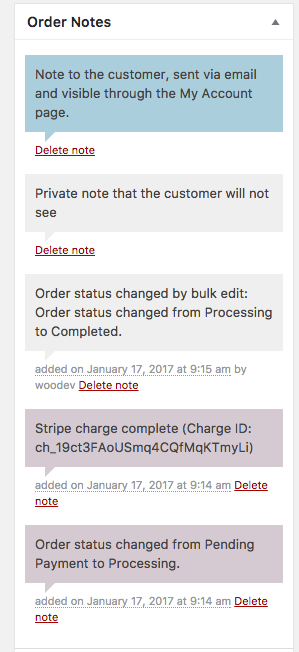
To send a note to a customer on an order, enter the note, then select: Note to Customer > Add.
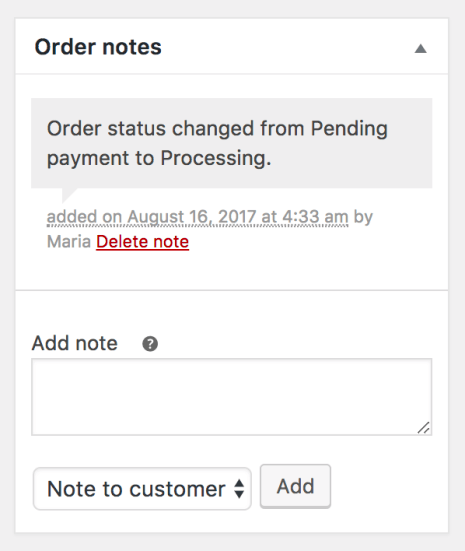
The following note types are possible:
- Purple: system status notices, such as payment gateway details
- Grey: general status updates, such as status changes or private notes. Customers do not see these notes, but may receive notification of them – for example, when the status changes from processing to completed, an email may be sent (depending on your settings).
- Blue: reflects notes to the customer. Customers receive notes via email, but can view them by viewing an order, or using the WooCommerce order tracking page.
Pay for an order
Customers can pay for orders assigned to them by logging into the site (if required).
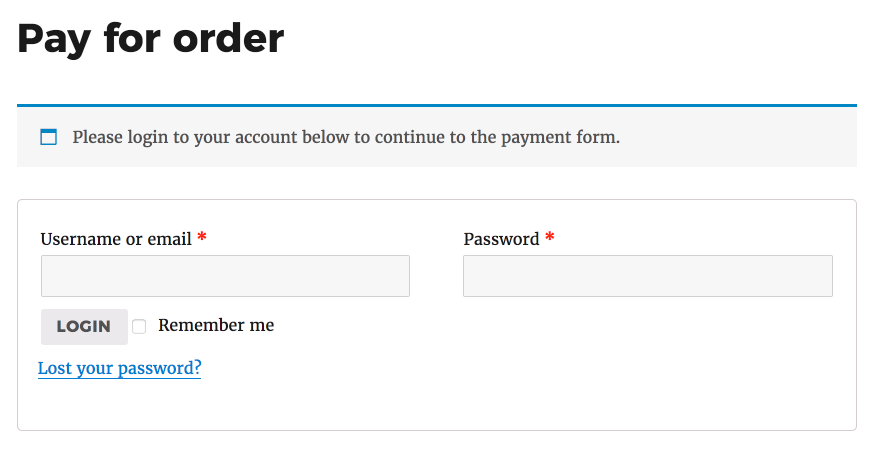 \
\
An info message will appear if customers attempt to pay for orders not belonging to them.
Refunding orders
Starting with WooCommerce 2.2+, it is now possible to issue refunds directly from WooCommerce if your payment gateway allows it.
For more information about Manual and Automatic Refunds, see WooCommerce Refunds.